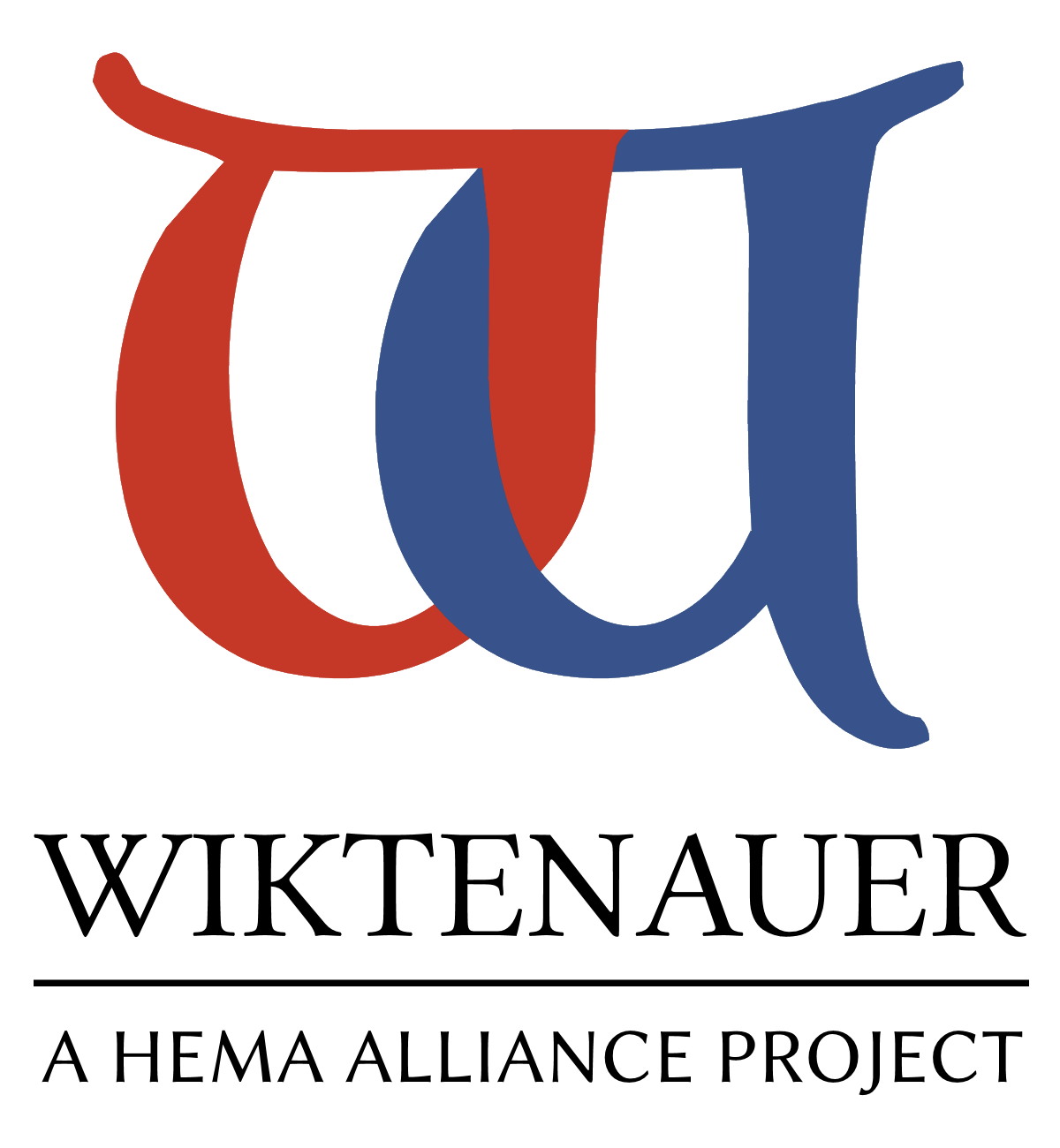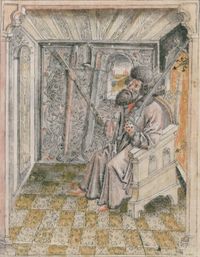|
|
You are not currently logged in. Are you accessing the unsecure (http) portal? Click here to switch to the secure portal. |
Anonymous 15th Century Poem
| Anonymous 15th century poem | |
|---|---|
| Author(s) | Unknown |
| Ascribed to | |
| Date | mid 1400s (?) |
| Genre | Fencing manual |
| Language | Early New High German |
| Archetype(s) | Hypothetical |
| Manuscript(s) |
|
| First Printed English Edition |
Hull, 2008 |
| Concordance by | Michael Chidester |
| Translations | |
This anonymous poem appears in fragmentary form in both Hans Talhoffer's personal fencing manual of 1459[1] and Hans von Speyer's 1491 anthology.[2] It shares concepts and terminology with the writings of Martin Syber and follows his New Zettel ("New Record") in Speyer's work,[3] but is absent from other presentations of his work. Its presence in Talhoffer's writings over thirty years earlier would also suggest that Syber is not the original author (or potentially that his career was much earlier than currently thought).
It is worth mentioning that the justification for considering the two poems to be parts of the same greater work is not as strong as we might wish. Out of 30 lines in the Copenhagen version and 27 in the Salzburg, only ten are common to both poems. This is a much smaller degree of overlap than we generally see in different renditions of the same work, though it is still substantial enough to reasonably conclude that the two are related in some way.
Treatise
The couplet in bold text appears out of sequence between the two versions. Its proper location cannot be determined from available information.
Copenhagen Version (1459) |
Salzburg Version (1491) | |||
|---|---|---|---|---|
|
[1r] Zorn ort der brust zu bort |
[3r] Ober haülb ist für stich |
For further information, including transcription and translation notes, see the discussion page.
| Work | Author(s) | Source | License |
|---|---|---|---|
| Translation | Christian Trosclair | Wiktenauer | |
| Copenhagen Version | Dieter Bachmann | Index:Talhoffer Fechtbuch (MS Thott.290.2º) | |
| Salzburg Version | Dierk Hagedorn | Index:Codex Speyer (MS M.I.29) |
Additional Resources
- Hull, Jeffrey. "The Longsword Fight Lore of Mertin Siber." Masters of Medieval and Renaissance Martial Arts. Ed. Jeffrey Hull. Boulder, CO: Paladin Press, 2008. ISBN 978-1-58160-668-3
References
- ↑ Talhoffer, Hans. Untitled [manuscript]. MS Thott.290.2º. Copenhagen, Denmark: Det Kongelige Bibliotek, 1459.
- ↑ Liechtenauer, Johannes, et al. Untitled [manuscript]. MS M.I.29. Comp. Hans von Speyer. Salzburg, Austria: Universitätsbibliothek Salzburg, 1491.
- ↑ Hull, Jeffrey. "Mertin Siber’s Longsword Fight-Lore of 1491 AD: a thesis on the Fechtlehre from Handschrift M I 29 (Codex Speyer) at the University of Salzburg in Austria". The Association for Renaissance Martial Arts, 2005. Retrieved 30 November 2010.
- ↑ open space
- ↑ usually ‘pfort’: port
- ↑ darbringen
- ↑ maw
- ↑ Do not be serious, as in “jocamen, schimf oder scherz, vergnügen, spiel”
- ↑ in weiterer freierer anwendung. a) durch zerren, ziehen in schnelle bewegung versetzen.
- ↑ also trap, snare
- ↑ Turn away, twist, steal away
- ↑ lit. turn
- ↑ chases
- ↑ also simple
- ↑ lit. ‘or’

